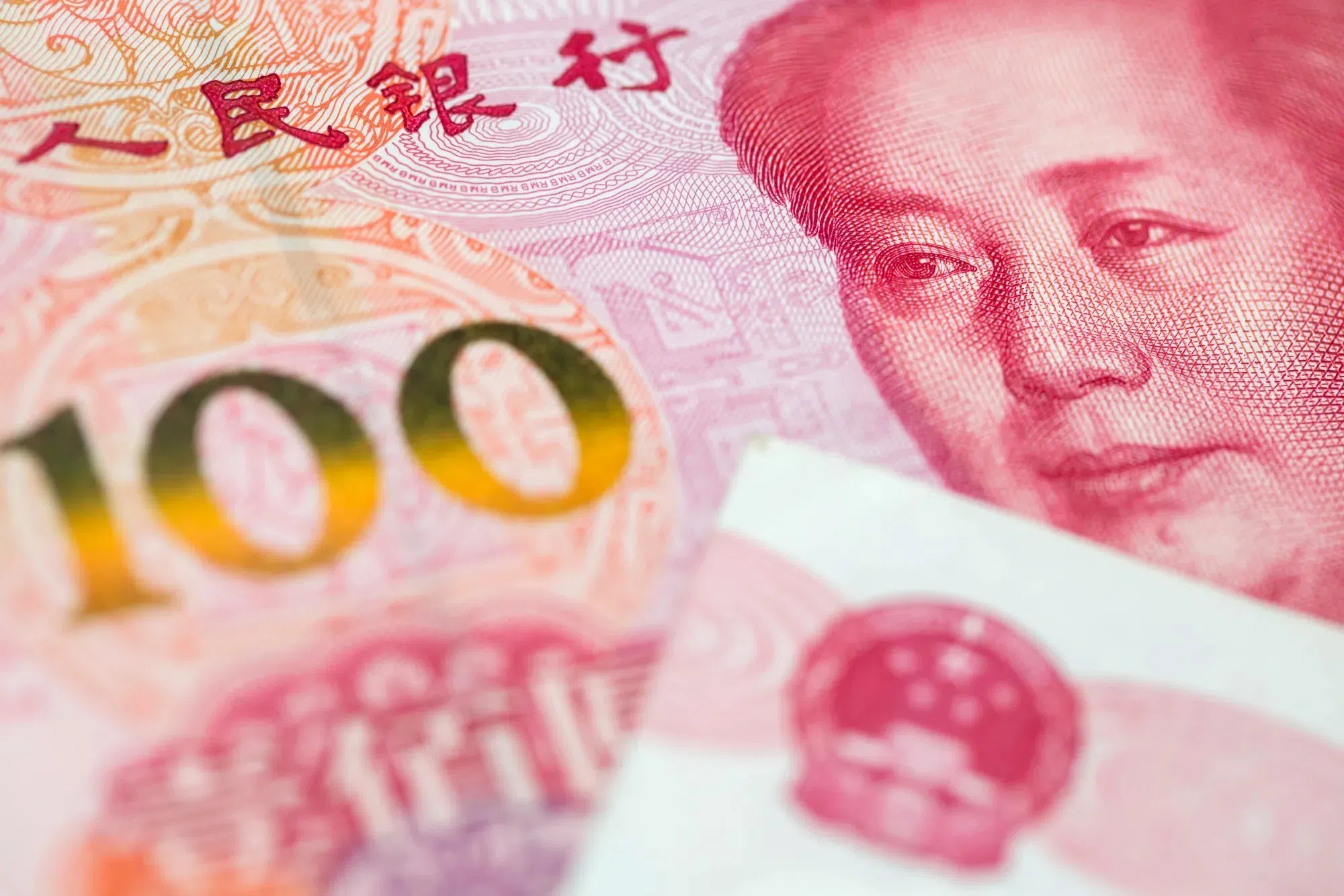EUROPEAN companies are seeing outsized gains and losses in their shares when they report earnings, a Reuters analysis shows.
This is a trend that has more to do with the growing sway of fast money in the US$15 trillion market than with business prospects.
Take the top 60 companies in Europe’s broad Stoxx 600 Index: when they reported earnings over the past year, their average daily stock moves were 18 per cent higher than eight years ago, the analysis of more than 120,000 days of share price data from LSEG shows.
The swings on earnings days over the past 12 months were the largest since at least 2016, when compared to average daily moves, the survey shows.
The reasons for this rise in volatility are hard to pin down precisely, but stem in large part from the growing dominance of hedge funds that chase trends in search of quick profit.
These were cited in interviews with two dozen traders and investors, as well as a review of broker research for hedge funds and other sophisticated investors.
BT in your inbox
Start and end each day with the latest news stories and analyses delivered straight to your inbox.
“You have mostly short-term money driving the market,” said Krishna Kumar, chief investment officer at Goose Hollow, a macro hedge fund. “So, participants who are not interested in the stock for the next five years, but are looking at it for the next five days.”
Changing market structure amplifies hedge funds’ influence
A dozen of the experts – including equity trading chiefs at three Wall Street firms that say they control about a third of the market – singled out multi-strategy hedge funds, which are among the largest and pursue diverse investment approaches under the same roof, as one of the drivers of the phenomenon.
The influence of hedge funds has been amplified by changes in the market structure, and the makeup of investors that have thinned the range of participants and trading volumes, interviews and brokerage reports show.
Long-term asset managers have poured cash into cheaper funds that simply track indices. And many buy-and-hold investors have left the scene as European economic growth has languished, with Lipper data showing more than half a trillion dollars of outflows from the market since 2016.
Reuters analysed share price volatility back to 2016 to capture data since the Brexit referendum that year.
New regulations since Brexit have splintered trading across a larger number of markets – some of them private and non-transparent – diminishing volumes and making it easier to influence publicly quoted prices.
“Now you have these situations where stuff can just come get you out of the blue, like oddball post-earnings moves,” said Steve Sosnick, chief strategist at multi-national brokerage firm Interactive Brokers, which processes on average 2.4 million trades per day globally.
“That’s a tough environment for stocks,” he added.
As regulations push more financial activity away from the regulated banking sector, the influence of hedge funds is growing across a broad range of financial markets. It was reported in March that they were piling into the eurozone’s US$10 trillion government bond market.
When asked to comment, a hedge fund industry representative said the sector plays an essential role in the smooth functioning of markets.
Jack Inglis, chief executive of the trade group Alternative Investment Management Association, said hedge funds make an “integral contribution to deep, diverse, and accessible capital markets and the financing of the European Union economy”.
“They do this by providing liquidity, conducting their own research, improving corporate governance and undertaking investments which other investors may be reluctant to hold,” he added.
Volatile earning price moves indicate market inefficiencies
While large stock price swings are not necessarily a threat to the functioning of the market, they risk triggering broader problems and can make it more expensive for companies to raise money, experts said.
Stocks that are integral to financial stability may be swept up in these moves.
The March 2023 banking crisis highlighted how a sudden slide in bank shares can wreak havoc by shaking confidence in the institution.
“These one-day post earning price moves are significant, point to market inefficiencies and higher investor risk,” said Mark Williams, who teaches finance at Boston University’s Questrom School of Business.
Williams was one of six market experts, including four academics, who reviewed the data and Reuters’ analysis, validating the findings.
He warned that increased volatility could drive away longer-term investors, over time.
Two executives of listed financial firms in the UK, who requested anonymity to speak candidly about the matter, separately said that they saw increased short-term activity by hedge funds deflecting the focus away from their companies’ longer-term strategic outlook.
Both said they had seen more hedge funds focused on shorter-term returns attend their presentation days.
The European Securities and Markets Authority (ESMA), the region’s securities watchdog, did not address the findings directly.
However the regulator acknowledged that liquidity – a measure of the volume of trading – has dropped.
The ESMA said it “remains concerned about persistent nervousness and the potentially limited market resilience in the presence of ongoing uncertainty”.
Since 2020, the average number of daily stock trades has dropped 7 per cent on public stock exchanges as activity moved to other venues.
These include bilateral trading on bank platforms and so-called “dark pools”, data from BMLL Technologies showed. The technology platform has collected trading exchange data since 2017.
How hedge funds can hold sway over the market
Reuters calculated the percentage change between the highs and lows in the first trading session after earnings were released across the 60 companies with the largest weights in the Stoxx 600 index.
Earnings days were used because they are clearly identifiable news events and comparable between companies.
The analysis showed that the swings in the last 12 months in the share prices of these companies averaged 5.1 per cent, up from 4.3 per cent in 2016. The gradual and consistent rise showed a trend.
The exception was between 2021 and 2022, during the Covid-19 lockdowns and when Russia’s invasion of Ukraine upended markets and led to larger moves.
Steven Novakovic, managing director of the CAIA curriculum – a professional qualification for people who work in alternative investments – said the findings “show a meaningful rise in intra-day swings, not only over an eight-year period, but also relative to the last few years”.
Some of the biggest moves seen in the past year included shares of lender UBS and automaker Ferrari, which saw daily moves of more than 10 and 12 per cent, respectively.
UBS and Ferrari declined to comment.
Reuters could not determine the cause behind every move, but the volatility of UBS shares after it reported earnings on May 7 illustrates how hedge funds can influence the market.
The Swiss lender’s first-quarter results trounced forecasts, sending its shares 5.7 per cent higher at the opening bell.
But some hedge funds were short on the stock, betting that the share price would decline, said a note from a company that buys and sells securities for hedge funds.
The note, which was shown to Reuters on the condition that the brokerage not be named, has not been previously reported.
Faced with losing bets, these funds were forced to buy UBS stock to close their positions, further fuelling the market gains, the broker note said.
There was little buying by traders other than hedge funds, it noted.
‘Financial firepower’ for multi-strategy funds on the rise
UBS stock surged over 10 per cent that day.
Interactive Brokers’ Sosnick also said he witnessed a short squeeze of hedge funds on May 7. He noted that options bets around UBS stock were indicative of their positions.
Changes to Europe’s stock market structure have increased the impact of hedge fund trades over the past few years.
Goldman Sachs estimated, in a November 2023 client note, that of the US$4 trillion in stocks it tracks in Europe, 41 per cent are held by passive funds, which typically follow an index.
The proportion has roughly doubled since 2010, the bank’s data showed. This means there are fewer active traders in the market.
Hedge funds, meanwhile, are growing.
Their net exposure to the region’s stocks has risen, approaching highs last seen in 2010, a July prime brokerage note from Morgan Stanley said.
In addition, funds are juicing their bets with debt, giving them even more financial firepower.
The amount of money they borrow from banks returned to record highs in May before easing a touch in June, two Goldman notes seen by Reuters showed.
Among hedge funds, multi-strategy funds are growing even faster.
Globally, the top five multi-manager funds have grown to oversee US$368 billion, more than double the US$149 billion they ran in 2018. This was revealed in Goldman report from September, which does not identify the funds.
The Stoxx 600 market cap has grown roughly 20 per cent in the same timeframe.
These big traders turn over their stock portfolios between two and four times a year – and sometimes more.
This makes them active traders in stocks, said two brokers at banks that lend to hedge funds.
Multi-strategy funds include Millennium Partners, Point72, Citadel and Balyasny. The funds declined to provide comments on the findings. REUTERS







